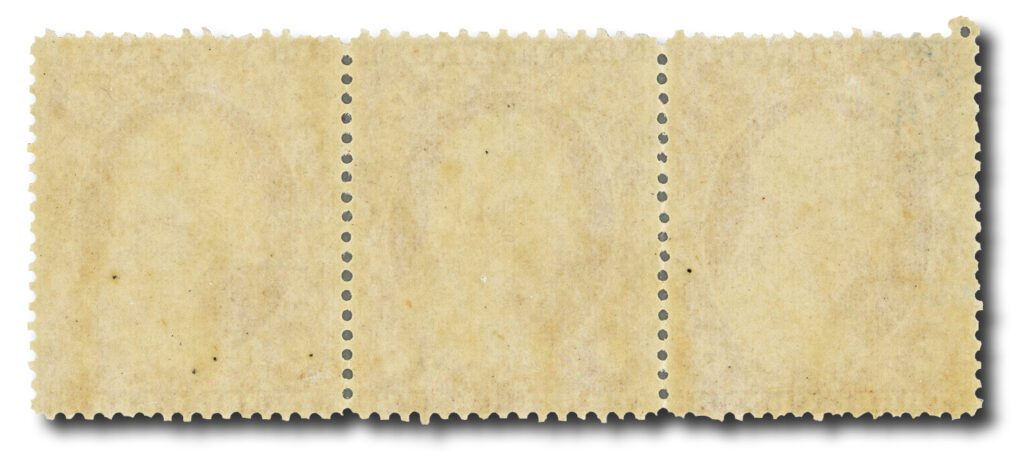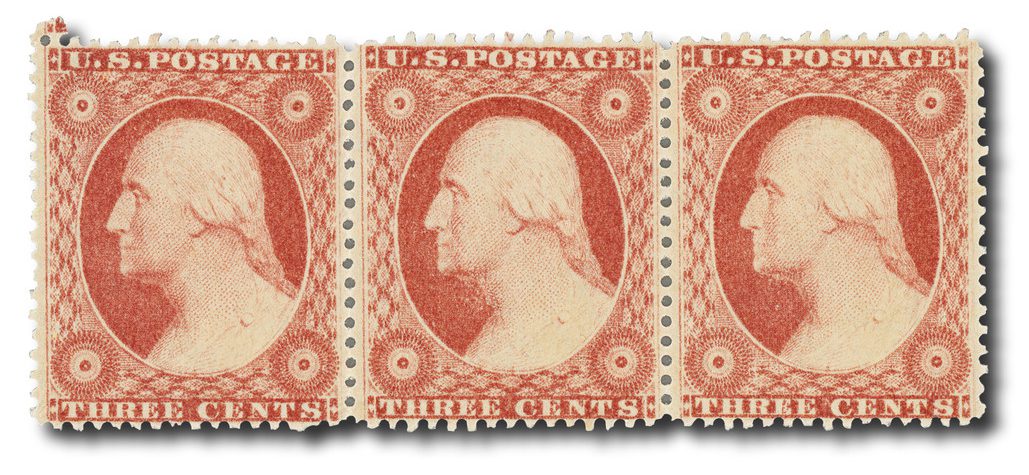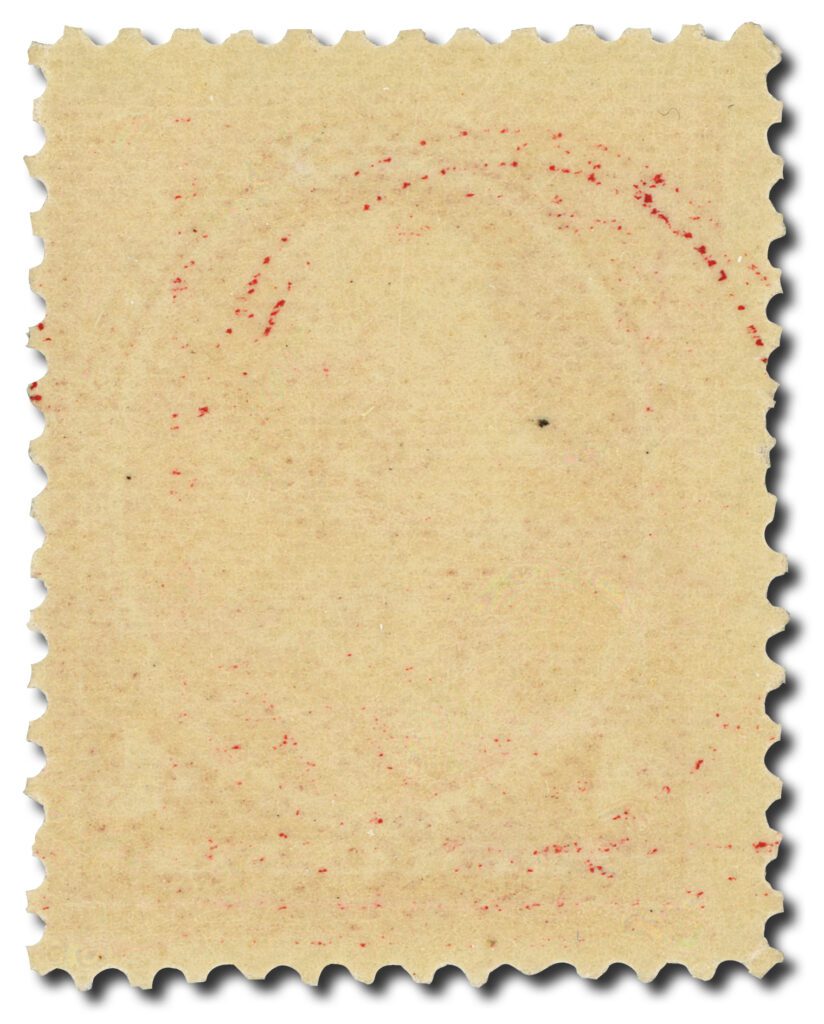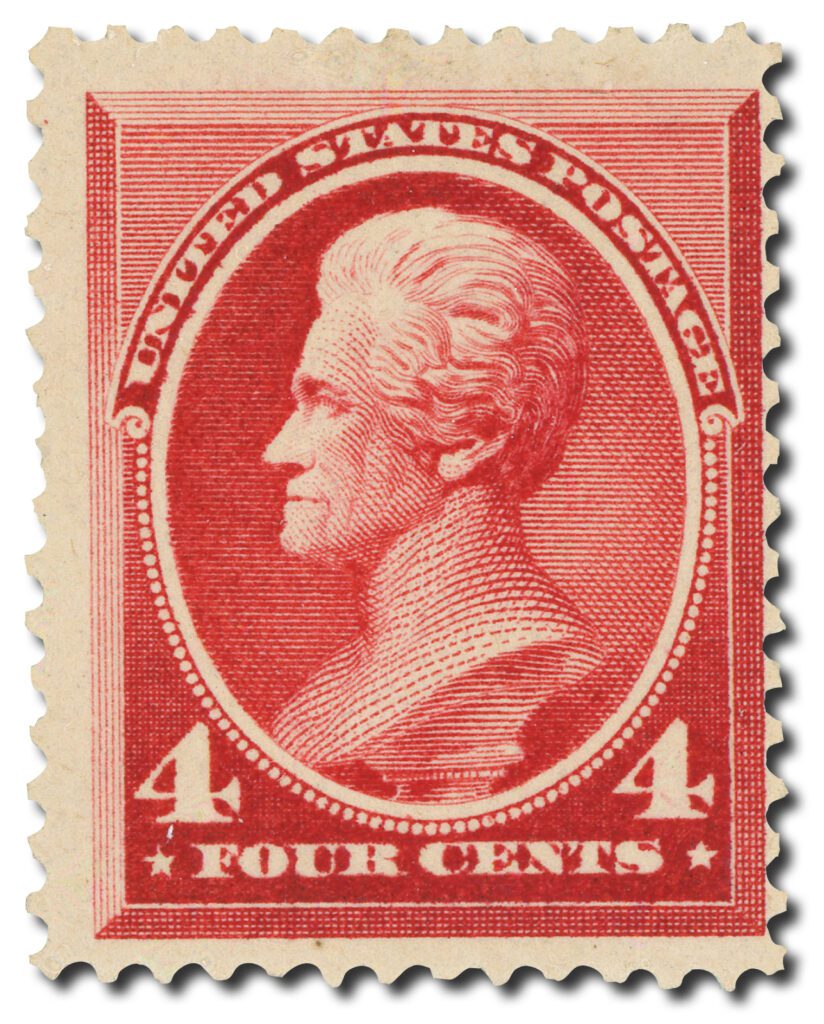Original Gum
When collectors and dealers use the phrase “original gum”, they are referring to the adhesive coating applied to the back of a postage stamp at the time of its production, before the stamp was ever used. A stamp with undisturbed, intact original gum is considered to be closest to how it left the printing press, and this condition often plays a major role in determining rarity and attractiveness to collectors.

Why Many Older Stamps Lack Original Gum
For many classic stamps original gum is uncommon. There are several reasons for this:
- Earlier collecting practices: In the early days of philately, gum was not seen as particularly important. Many collectors and dealers even soaked off the gum deliberately, believing it could harm paper longevity or cause curling. As a result, countless older stamps no longer have their original gum.
- Climate and storage issues: Gum is sensitive to humidity and temperature fluctuations. Over decades, stamps stored in poor conditions often experienced gum cracking, toning, or sticking to album pages. Collectors in tropical climates were especially prone to removing gum intentionally to prevent sheets of stamps from adhering to each other.
- How stamps were saved: Before the introduction of hinges, and eventually mounts, many early stamp collectors would paste their stamps directly onto their album pages.

Why Collectors Value Original Gum Today
In contrast to earlier attitudes, many collectors now place high value on well-preserved original gum. There are several reasons for this shift:
- Condition and authenticity: Gum helps establish that a stamp is genuinely unused. Original, intact gum proves a used stamp hasn’t been altered to resemble an unused stamp.
- Scarcity premium: Since so many older issues lost their gum, those that have survived with fresh, original gum are much scarcer. This makes them more desirable and often drives significant premiums.
- Completeness: For some collectors, having the gum intact offers a sense of completeness and connects the stamp more directly to the way it originally left the post office.
- Market standards: Grading services frequently highlight the gum condition. Terms like “mint never hinged” (MNH) or “original gum, lightly hinged” signal to collectors exactly how much of the adhesive remains undisturbed—and influence the value accordingly.

The Practice of Regumming
Because stamps with original gum command a premium, some stamps that lost their gum over time or through earlier practices have been regummed—that is, a new layer of gum has been applied by dealers or restorers to fool collectors.
Modern regumming techniques can be very sophisticated, making it difficult for the untrained eye to distinguish a regummed stamp from one with authentic, untouched gum. Expertizing services and experienced stamp collectors often examine surface texture, gum distribution, and perforation edges to confirm whether gum is original or not. Stamps with verified original gum are more desirable and often command significantly higher prices.
Preserving Authenticity and Rarity
Original gum may not be visible when viewing a stamp from the front, but for dedicated collectors, it is a key attribute that speaks volumes about a stamp’s history, preservation, and desirability. While countless classic stamps have survived without it, those that retain their original gum stand out as particularly prized pieces.

